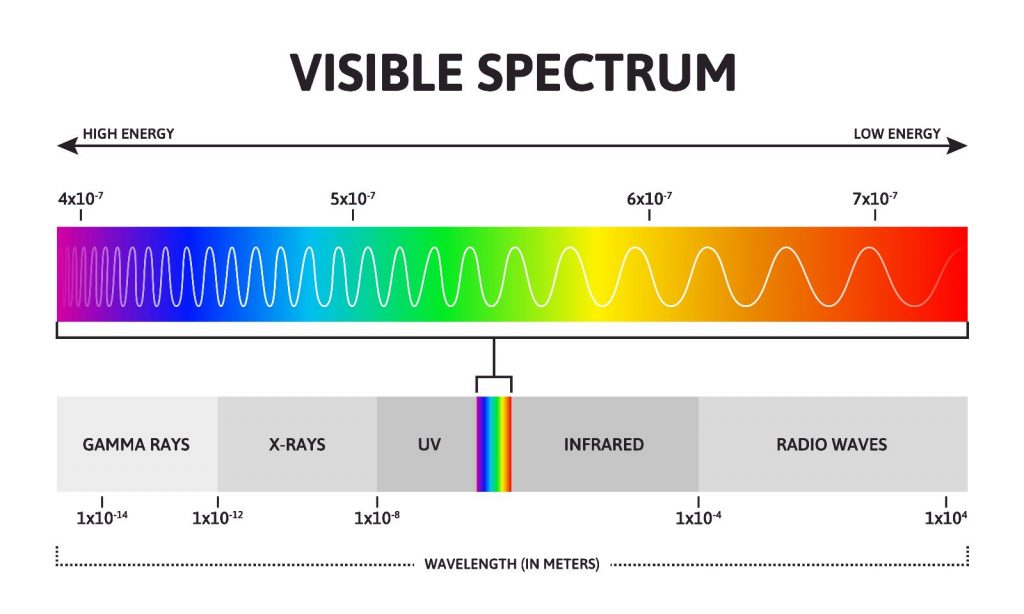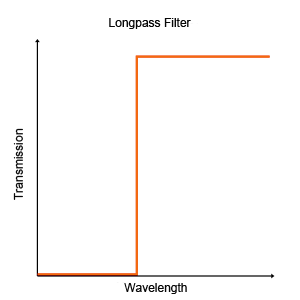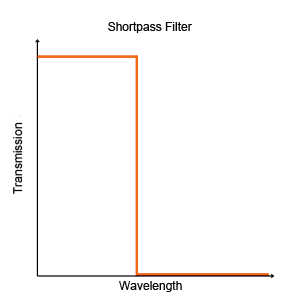Key Takeaways
- Optical filters like Longpass, Shortpass, Bandpass, Multi-bandpass, Notch, and Neutral Density are essential for controlling wavelength ranges in diverse applications.
- The electromagnetic spectrum comprises Gamma rays, X rays, UV, visible light, IR, and radio waves.
- Human eyes perceive colors in visible light (380-780nm), while optical filters play a vital role in manipulating light for diverse purposes.
The electromagnetic spectrum encompasses a broad range of wavelengths, including Gamma rays, X rays, ultraviolet, visible light, infrared, and radio waves, if listed from shorter wavelength to longer wavelength. Our eyes are only capable of detecting visible light, which has a wavelength range of 380 to 780nm, and because of the wavelength difference, it appears as different colors to the human eye.

In the optical field, an optical filter is one of the most seen components in design and manufacturing. Optical filters are used to selectively transmit light of certain wavelengths while blocking the rest. They can take various designs, including:
Longpass filters, which pass wavelengths above a given value, that means they only pass the longer wavelengths while blocking the shorter ones. Longpass filters typically have a sharp cut-on approaching to zero transmission on blocking range, while approaching to 100% transmission on the passband.

Shortpass filters are opposite to longpass filters, which pass only the shorter wavelengths while blocking the longer ones. Instead, it has a sharp cut-off approaching to zero transmission from the high transmission.

Bandpass filters, can be regarded as a combination of longpass filters and shortpass filters, which have a high transmission for a specific wavelength range and block all other wavelengths;

Multi-bandpass filters, can be regarded as duplication of bandpass filters, which have high transmission for multiple wavelength regions;

Notch filters, also called band stop filters, block a specific wavelength range while allowing the light on either side of that range to pass through. The shape of the drawing in a wavelength–transmission chart is like a V.

Neutral density (ND) filters, on the other hand, reduce the intensity of all wavelengths equally, without altering the color. One common application of ND filters is in photography. An ND filter is attached in front of the lens, which helps to control how much light enters in the sensor, so a photographer can adjust other specifications to prevent overexposure, and get a better result in photos.

Typical Applications
Optical filters have a wide range of applications, including photography, optical instruments, color lighting, astronomy, and fluorescence microscopy and spectroscopy. For example, fluorescence filters are used in fluorescence microscopy systems, laser line filters are used in laser devices to prevent distortion and increase image contrast, Raman filters are used in Raman spectroscopy, and machine vision filters are used in machine vision camera and sensor applications to improve image contrast.
GREAT ARTICLE!
Share this article to gain insights from your connections!

